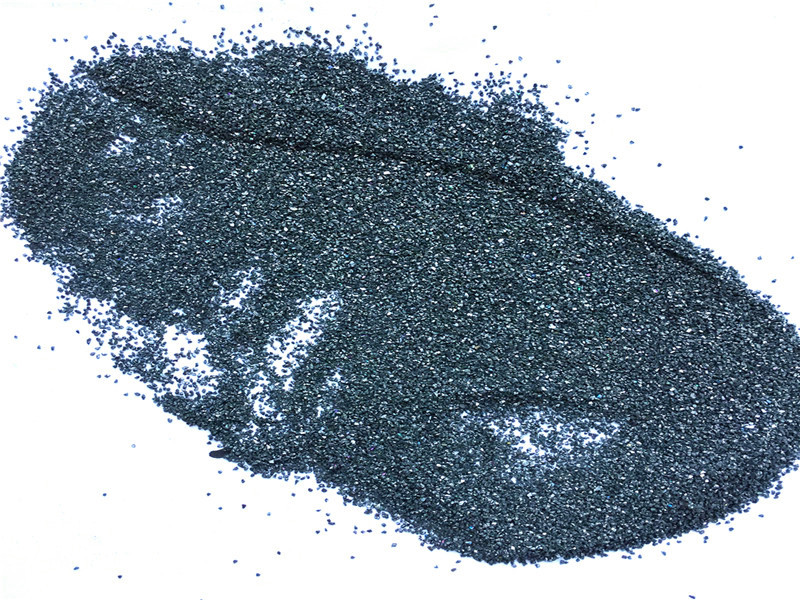What role does silicon carbide (SIC) play in the semiconductor industry?
Black silicon carbide(SiC)

As the core material of the third-generation semiconductor, the key role of silicon carbide (SiC) in the semiconductor industry can be summarized as follows:
1. Material performance innovation
Wide bandgap characteristics
The bandgap width is 3.3eV (1.1eV for silicon), and the breakdown electric field strength is 10 times that of silicon, which is suitable for high-voltage scenarios (such as new energy vehicle electric drive systems).
High thermal conductivity
The thermal conductivity is 4.9W/cm·K (1.5W/cm·K for silicon), and the heat dissipation efficiency is increased by 3 times, which reduces the operating temperature of the device and enhances
reliability.
High-frequency and high-speed characteristics
The electron saturation drift rate reaches 2×10⁷cm/s (twice that of silicon), the switching speed is 100 times faster than that of silicon devices, and the energy loss is reduced by 50%-70%,
which is suitable for high-frequency applications.
2. Core Application Areas
Power Devices
New Energy Vehicles: used in motor controllers, onboard chargers (OBC), DC/DC converters, etc. to improve driving range and charging efficiency.
Photovoltaic/Energy Storage: optimize inverter efficiency and reduce energy loss.
Railway Transportation/Smart Grid: improve power system stability and support high-voltage power transmission.
RF Devices: use high radiation resistance and thermal conductivity to be applied to high-frequency scenarios such as 5G communication base stations and radars.
Other Semiconductor Devices
LED Substrate: used for high-brightness LED chip manufacturing.
Sensors and Superconducting Devices: high temperature resistance and chemical stability make them suitable for extreme environments (such as aerospace).
3. Industrial Upgrading and Promotion
Replacing Traditional Silicon Materials
Gradually replace silicon-based devices in high-voltage fields above 1200V, reduce the volume to 1/10, and achieve lightweight.
Technological Breakthroughs in the Industrial Chain
Single Crystal Substrate Preparation: improve crystal quality and reduce defect density through PVT and liquid phase methods.
Precision machining: Ceramic engraving and milling machines combined with diamond tools achieve nano-level machining accuracy to ensure the molding of complex structures.
4. Expansion of emerging scenarios
Data centers and AI
Improve the efficiency of power conversion, shorten data processing time, and support AI computing power requirements.
Consumer electronics
Reduce the size and enhance battery life in AR/VR devices.
With its unique properties, silicon carbide is driving the semiconductor industry to upgrade to high-efficiency, high-frequency, high-temperature and high-pressure scenarios, becoming a technical cornerstone in power electronics, communications, new energy and other fields

